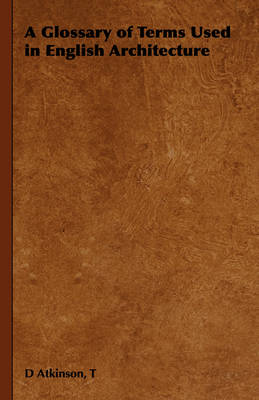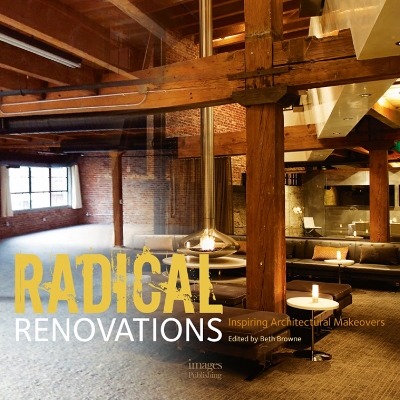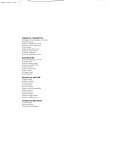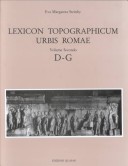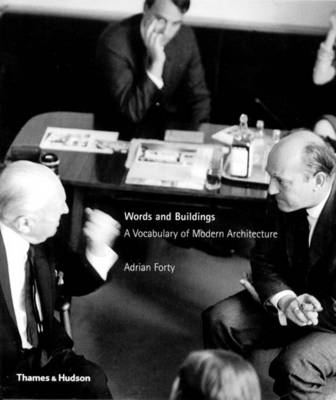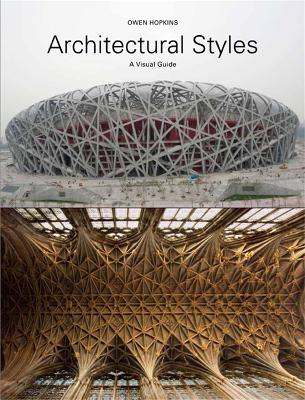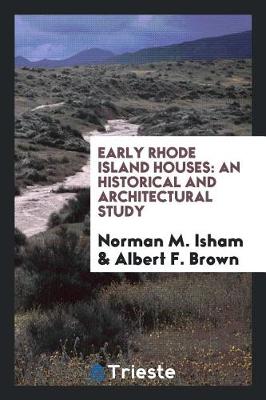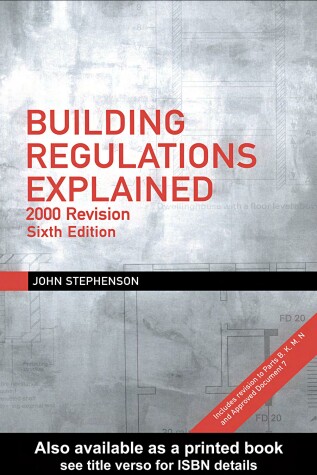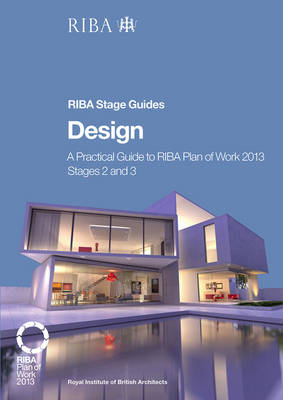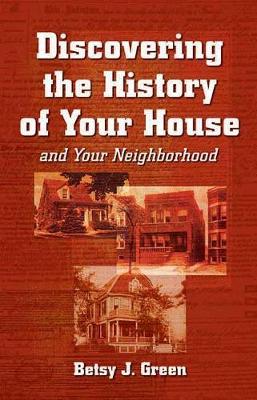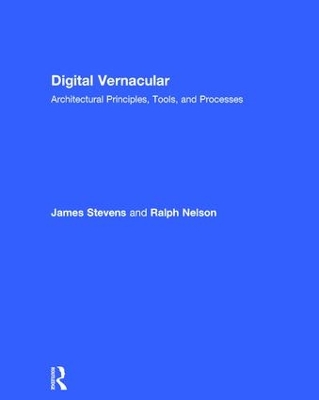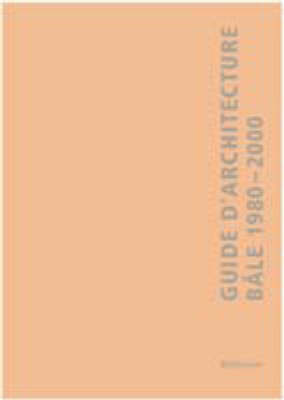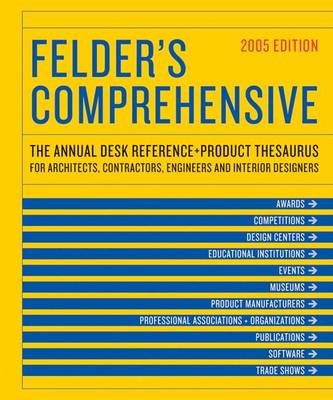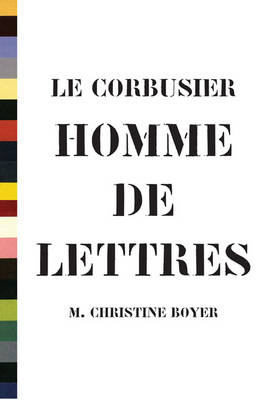Radical Renovations presents more than fifty outstanding examples of adaptive reuse in residential and commercial architecture, wherein existing buildings have been dramatically transformed with truly stunning results. For many of these remarkable remodels the architects have utilised the principles of environmentally sustainable development, highlighting the importance of making conscientious and creative use of available resources to minimise demolition and waste, while delivering cost savings...
The successful combination of a regional building style of sophisticated simplicity with sustainable construction methods has made the architecture of Vorarlberg (Austria) a model for the rest of the world. This book presents particularly successful projects from recent years involving various building types and portrays their development from design idea to built detail. The documented structures by Cukrowicz Nachbaur, Christian Lenz, Oskar Leo Kaufmann + Albert Ruf, Hermann Kaufmann, Dietrich...
Architecture for a Changing World
Recent social, political and environmental upheavals have had a two-fold effect on the built environment in Third World countries. They have destroyed the traditional cultural structure in rural areas, which has led to homelessness and the marginalization of entire communities, and large-scale urbanization has become a powerful phenomenon of which the Islamic World is very much a part. Such global changes have had a dramatic impact on the jury for the Aga Khan Award for Architecture, whose selec...
A collection of work from the Jaya International Design partnership, Jaya is now considered to be Indonesia's foremost interior designer. His recent projects include the Dharmawangsa - a luxury boutique hotel in Jakarta, the Setai - an ultra-chic hotel and residence in South Beach, Florida, and the Legian - a small and exclusive, all-suite resort in Bali. His works have been featured in a number of magazines including "Architectural Digest" and "Interior Design", and design and architecture book...
The first section of the book consists of six rigorously argued essays that investigate the language of modernism, language and drawing, "masculine and feminine" architecture, language metaphors, science in architecture, and the social properties of architecture. The second part provides a vocabulary of key words, providing rich analyses of critical terms such as Character, Form, History, and Space. Each investigation locates a word's modern meaning within a framework of historical enquiry and t...
What was different about the environments that women created as architects, designers and clients at a time when they were gaining increasing political and social status in a male world? Through a series of case studies, Women's Places: Architecture and Design 1860-1960, examines in detail the professional and domestic spaces created by women who had money and the opportunity to achieve their ideal. Set against a background of accepted notions of modernity relating to design and architecture of...
Have you ever wondered what the difference is between Gothic and Gothic Revival, or how to distinguish between Baroque and Neoclassical? This guide makes extensive use of photographs to identify and explain the characteristic features of nearly 300 buildings. The result is a clear and easy-to-navigate guide to identifying the key styles of western architecture from the classical age to the present day.
Design: A practical guide to RIBA Plan of Work 2013 Stages 2 and 3 (RIBA Stage Guide)
by Tim Bailey
This is the second in a must-have series of step-by-step guides to using the new RIBA Plan of Work 2013 on your project. Drawing together stages 2 and 3 this book explains the importance of the Concept Design and Developed Design, how to achieve a balance of creativity and method and how it should interact with the briefing and construction phases. Providing a practical tool to running an efficient project each guide follows the same format leading you through the core tasks at each stage suppo...
Discovering the History of Your House and Your Neighborhood
by Betsy J. Green
Digital Vernacular addresses the why and how of digital fabrication in hundreds of step-by-step color images, illuminating a set of working principles and techniques that join theory with practice. Authors James Stevens and Ralph Nelson reconcile local traditions and innovations with globally accessible methods and digital toolsets. By combining ethics with hardware, the book will root you in the origins of making, ensuring a lasting and relevant reference for your studio practice. The book ope...
Birkh user's Architecture Guide Basel 1980-2000 makes the most recent and exciting buildings in this trinational (France, Germany and Switzerland) spot accessible to the general public. Not restricted by the political borders, this guide looks at 100 new buildings and projects of all types in and around the Basel, each presented on a double page. Listed according to area, buildings from 46 architectural offices from Basel, Switzerland, Gemany, France, Italy, Great Britain and Portugal, Japan and...
The American Vitruvius (Dover Architecture)
by Werner Hegemann and Elbert Peets
Princeton Architectural Press's Reprint Series was established in 1981 to make rare volumes on architecture available to a wider audience. The books' beautiful reproductions and finest quality printing and binding match those of the originals, while their 9-by-12-inch format makes them accessible and affordable. New introductions bring a modern voice to these classic texts, updating them to become invaluable contemporary resources. These critically acclaimed books are an essential addition to an...
Felder's Comprehensive is an annual desk reference for architects, engineers, and designers. It contains loads of both time-sensitive and time-less information including listings for domestic and international trade shows, design competitions, educational institutions, trade publications and other media, software developers, professional organizations, and more than 10,000 manufacturers of furnishings fixtures and materials.
On his French identity card, legendary architect Le Corbusier listed his profession as "Homme de Lettres" (Man of Letters). Celebrated for his architecture, which numbers fewer than sixty buildings, Le Corbusier also wrote more than fifty books, hundreds of articles, and thousands of letters. Le Corbusier, Homme de Lettres is the first in-depth study of Le Corbusier as a writer as well as an architect. Featuring more than two hundred archival images from Le Corbusier's life and work, this ground...
The fifty buildings presented here in chronological order represent the most compelling, intriguing, and awe-inspiring structures from all over the world. Readers will learn about masterpieces such as the Hagia Sophia in Turkey, Cambodia’s Temple Complex at Angkor Wat, the Potala Palace in Lhasa, and the Jewish Museum in Berlin. Each entry features full color photographs of the structure along with informative text presented in a dynamic format. Readers will find basic information about each bui...
Secondary Research Methods in the Built Environment
The use of secondary data for research can offer benefits, particularly when limited resources are available for conducting research using primary methods. Researchers and students at both undergraduate and postgraduate levels, including their academic instructors, are increasingly recognising the immense opportunities in applying secondary research methods in built environment research. Advances in technology has also led to vast amounts of existing datasets that can be utilized for secondary r...
